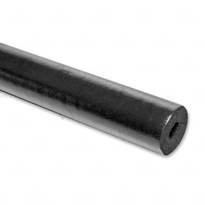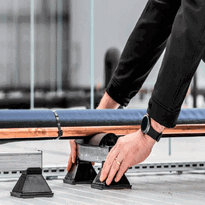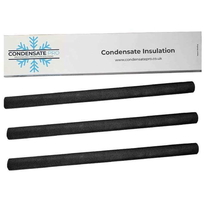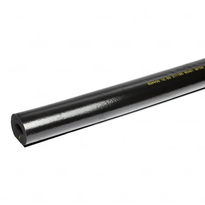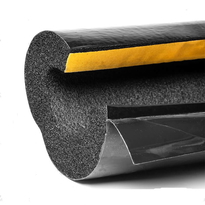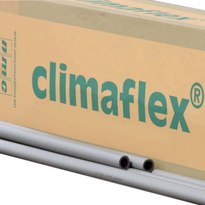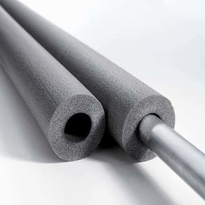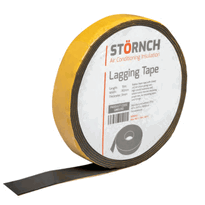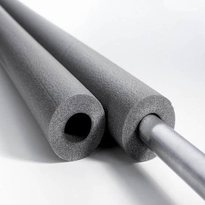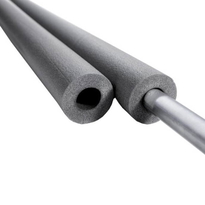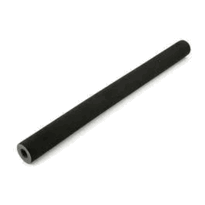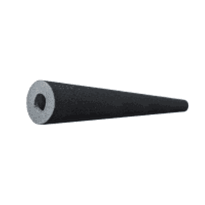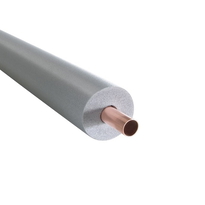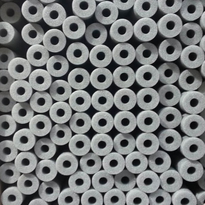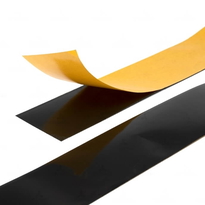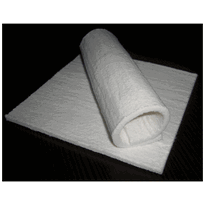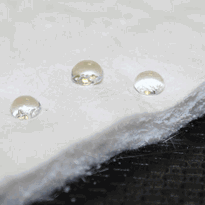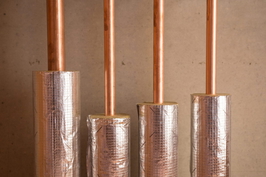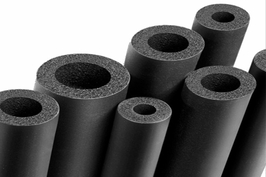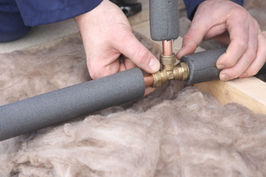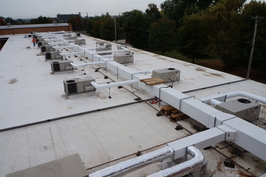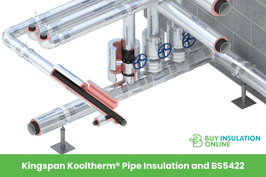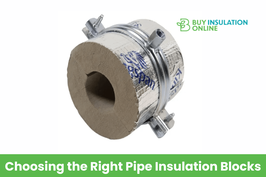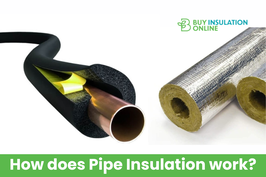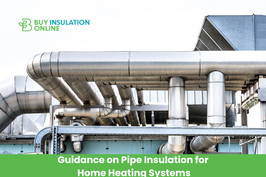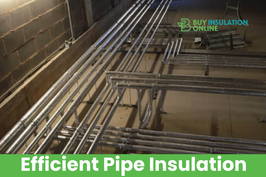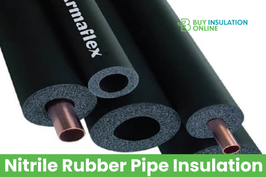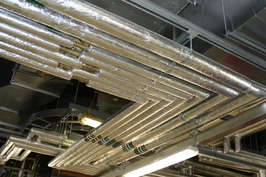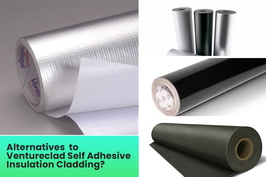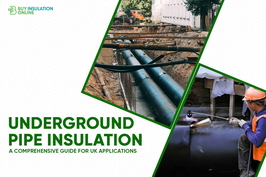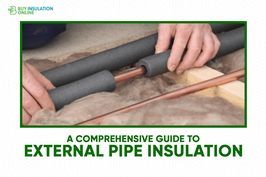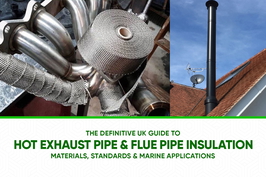External Gas Pipe Lagging
External gas pipe lagging involves applying specialized insulation materials such as elastomeric rubber, foam, or fiberglass, combined with protective cladding, to outdoor pipelines. This process helps to maintain pipe temperature, minimize heat loss, prevent condensation, and protect against weather conditions, UV radiation, and mechanical damage.
Proper installation includes sealing joints effectively, supporting the insulation without compression, and ensuring regular inspection and maintenance. This approach enhances the system’s durability and safety, contributing to efficient and reliable operation.
Focusing on these key practices will enable you to optimize the performance of your external gas pipe lagging and ensure long-lasting protection against the elements.
Understanding the Role of External Gas Pipe Insulation
External gas pipe insulation plays a vital role in maintaining the safety and operational effectiveness of pipelines located outdoors. It helps to keep the pipe’s temperature stable, which reduces heat loss or gain, thereby ensuring consistent and efficient gas flow. Proper insulation also prevents condensation from forming on the pipe surface, which can lead to corrosion and eventual pipe failure over time. Maintaining temperature stability is essential for preventing pipeline failures and ensuring safety. Moreover, lagging decreases the energy required to heat or regulate the gas, contributing to greater overall energy efficiency. Insulation provides essential protection against environmental elements such as ultraviolet (UV) radiation, adverse weather conditions, and physical mechanical damage. These factors can accelerate wear and tear or cause damage to the pipeline. External lagging also shields pipes from moisture and corrosive substances, significantly extending their service life. Weatherproofing materials used in insulation are crucial for durability in harsh outdoor conditions. Overall, external pipe insulation enhances operational safety, helps to reduce maintenance costs, and promotes energy efficiency in outdoor pipeline systems. Proper selection and installation of insulation materials are crucial to ensuring these benefits are fully realized and that the system remains durable and safe over its lifespan.
Materials and Techniques for Effective Lagging
Selecting the appropriate materials for gas pipe lagging is crucial to ensure effective insulation, durability, and long-term performance. The materials chosen must withstand environmental factors, offer thermal efficiency, and protect against physical damage. External gas pipes are typically copper, which does not usually require insulation, but when lagging is used, it should be suitable for outdoor conditions. Common insulation options include elastomeric rubber, which is water-resistant and impact-tolerant; polyethylene foam covered with UV and weatherproof layers; phenolic foam that requires protective cladding; fiberglass, which is lightweight and fire-resistant; and rockwool, suitable for high-temperature applications. Proper selection of the insulation material also involves considering its fire resistance to meet safety standards.
The techniques involved in lagging include installing the insulation tightly to minimize heat loss, applying protective cladding such as aluminium or PVC to shield against the elements, supporting the insulation without compression to maintain its integrity, sealing joints with vapour barriers to prevent moisture ingress, and ensuring accessibility for maintenance purposes. Proper selection and precise application of these materials and techniques are vital to developing a reliable, long-lasting lagging system that performs effectively in outdoor conditions.
Advantages of Properly Installed External Pipe Insulation
Correct installation of external pipe insulation provides numerous benefits, improving both the efficiency and safety of gas supply systems. By effectively reducing heat loss, it helps decrease energy consumption and leads to substantial cost savings, typically ranging from 10% to 20%.
Furthermore, insulation prevents the formation of condensation on cold pipes, which plays a key role in minimizing internal corrosion and extending the service life of the pipes. Protective lagging adds an extra layer of defence, shielding pipes from adverse weather conditions, ultraviolet (UV) radiation, and mechanical impacts, thereby maintaining the structural integrity of the system.
Proper insulation also helps to stabilize surface temperatures of the pipes. This reduces the risk of burns for personnel who handle the pipes and prevents temperature fluctuations that could threaten equipment safety or cause pipes to freeze in cold weather.
The table below summarizes the primary advantages:
Advantage |
Description |
| Energy efficiency | Reducing heat loss leads to lower energy bills. |
| Corrosion prevention | Minimizing moisture buildup extends pipe longevity. |
| Environmental resilience | Protecting pipes from weather and physical damage |
Implementing appropriate external pipe insulation is essential for maintaining a safe, reliable, and cost-effective gas supply system across the UK. Additionally, understanding the performance statistics of the insulation materials can help optimize system design.
Best Practices and Maintenance for Longevity
Implementing effective installation techniques is crucial to maximize the lifespan of external gas pipe lagging. Proper methods help prevent common issues such as moisture ingress, thermal bridging, and mechanical damage.
To achieve optimal results, the insulation should be applied continuously along the length of the pipe with no gaps, ensuring a seamless seal at joints using suitable materials like caulking or foam to prevent water entry. It is also important to consider the external environment and select appropriate weather-resistant materials to withstand exposure to elements such as rain, snow, and UV rays and insulation durability.
Securing the insulation at regular intervals—every 30 to 60 centimeters—with fasteners such as wire ties or clamps maintains consistent positioning and prevents movement over time. Additionally, sealing all potential penetrations helps maintain the integrity of the lagging system.
When planning the installation, accessibility for maintenance must be considered; valves and joints should be left exposed or lightly insulated to allow easy inspection and servicing.
Additional protective measures include the installation of outer cladding or weatherproof covering to enhance weather resistance and protect against mechanical impacts. Installing protective coverings can extend the effective service life of the lagging.
Regular inspections are vital to identify early signs of wear, moisture intrusion, or UV degradation. Prompt repairs based on these inspections will ensure the continued effectiveness, safety, and longevity of the lagging system.
Conclusion
Proper external gas pipe lagging enhances safety, minimizes heat loss, and extends the lifespan of the pipework. Selecting suitable insulation materials and following recommended installation practices are essential for effective thermal protection. Regular maintenance and inspections enable early identification of potential issues, helping to maintain system efficiency and safety over time. By implementing these best practices with careful attention to detail and ongoing upkeep, users can ensure the durability of the insulation, reduce energy waste, and support the overall reliability of the system in a clear and straightforward manner.
